In the misty Andes mountains, where ancient stones tell the stories of the Inca empire, llamas roam freely at Machu Picchu. These gentle animals are more than just residents of this historic site—they represent the deep connection between the land and its people. As you explore the ancient citadel, the llamas add a special charm to your visit, making your experience truly memorable.
When you think about Peru, you think about Machu Picchu, the high mountains of the Andes, Titicaca Lake, Ceviche, Guinea pigs, Nazca lines, the Classic Inca Trail hike, and the list could go on and on. Of course, you also think about llamas and alpacas. Let's discover together the nature and importance of Llamas in Machu Picchu.
Table of Contents
All about the Llamas and Alpacas
Llamas and alpacas, both native to the Andes mountains, have been a part of South American culture for thousands of years. Ancient people domesticated them from wild ancestors—llamas from the guanaco and alpacas from the vicuña. Llamas were used to carry heavy loads across steep mountain trails, while alpacas were bred for their soft, warm wool.
Today, when you visit Machu Picchu, you can see llamas grazing on the terraces, where they continue to play an important role in the region's cultural traditions. Their presence at the citadel offers a glimpse into the ancient practices of the Andean people.
South American camelids
The South American camelids—llamas, alpacas, guanacos, and vicuñas—originate from a common ancestor that migrated from North America to South America millions of years ago. These animals belong to the Camelidae family, which also includes the camels of Asia and Africa.
Unlike camels, these animals don’t have humps and are smaller. They are well adapted to live in the high mountains of the Andes, where the air is thin, and the weather can be harsh.
There are four species of South American camelids:
Camelids | Domestication | Uses | Physical Features | Habitat |
|---|---|---|---|---|
| Llamas | Domesticated long ago, used since Pre-Inca times. | Pack animals, provide meat, and wool. | Long legs, curved ears. | Found in high Andes, domesticated. |
| Alpacas | Domesticated in the Andes. | Soft wool, low-fat meat. | Shorter, with big, pointed ears. | Domesticated, live in the high Andes. |
| Guanacos | Wild, never domesticated. | Fur, studied for adaptability. | Reddish-brown fur, small ears. | Live in the wild, from sea level to high mountains. |
| Vicuñas | Wild, never domesticated. | Finest wool in the world. | Small, slender, with fine wool. | Live in protected reserves in the Andes. |
Importance in Andean Culture
For thousands of years, South American camelids have been vital to the survival and culture of the Andean people. Llamas and alpacas provided transportation, clothing, and food, and they were central to the economy and daily life. Even today, these animals are an important source of income for many people in the Andes, especially through the sale of wool.
These animals are also a big part of Andean culture and traditions. They are often featured in local festivals and ceremonies, and their images are found in traditional art and textiles.
Llamas of Machu Picchu Citadel
The llama (Lama Glama) is the largest domesticated South American camelid. It has been used widely in the Andes as a pack animal and a source of meat since the pre-Columbian period.
Llamas live in the mountains of Peru, Chile, Argentina, and Bolivia. During the Inca Empire, they became one of the most important animals and helped the Quechua Nation's fast development as they were used to transfer food, their wool, and meat as the primary source of protein.
Origin of Machu Picchu Llamas
During the height of the Inca Empire, llamas were the largest domesticated animals in South America. There were no horses, mules, donkeys, or other large mammals like those we see today. Because of this, the Incas used llamas to transport food, guano, and construction materials, which made the expansion of the Inca Empire possible.
Llama fiber was also widely used for clothing, as alpaca and vicuña fibers were reserved for the royal family. Because of their ability to adapt quickly to different climates, llamas were spread throughout the Incan Empire.
Llamas are natural inhabitants of the high Andes, where oxygen levels are low. Their blood contains a large amount of hemoglobin, which allows them to absorb the scarce oxygen in the environment.
Recently, the llamas at Machu Picchu were reintroduced to the site as part of efforts to enhance visitors' cultural and historical experience. They serve as a symbolic link to the Inca past, helping to recreate the atmosphere of what life might have been like during the height of the Inca Empire. These animals, while not directly descended from llamas used at Machu Picchu during Inca times, still represent the long-standing relationship between the Andean people and these remarkable creatures.
The government owns the llamas in Machu Picchu since it is a national park. They are free to roam anywhere within the complex; however, the steep Inca stairs act as a natural barrier for them. The llamas at Machu Picchu are friendly and pleasant. They often walk among the crowds and stop for selfies, delighting visitors.
Although the llamas are inside the protected area of the Machu Picchu Sanctuary, they still face natural predators like pumas and spectacled bears. These two animals live in the cloud forests of the mountains where Machu Picchu is located.
Alpacas in Machu Picchu
Alpacas are well-known for their soft and warm wool, which is highly valued around the world. However, if you visit Machu Picchu, you won't see any alpacas. This is because alpacas have a more challenging time adapting to different climates than llamas. While llamas can easily adjust to the changing weather in the high Andes, alpacas are more sensitive and do best in specific environments, especially in colder and wetter areas. Due to this, llamas are the animals that thrive at Machu Picchu, while alpacas are found in other parts of the Andes where the climate suits them better.
How do llamas communicate?
Llamas use a variety of ways to communicate with each other, including making sounds, using their body movements, and displaying certain behaviors. Some examples of these are:
Vocalizations
| Type of Sound | Description |
|---|---|
| Humming | Llamas hum softly when they are curious, content, or slightly worried. Mothers also hum to communicate with their babies. |
| Alarm Calls | When sensing danger, llamas make a loud, high-pitched sound to warn the herd. |
| Orgling | Male llamas make a gurgling sound called orgling, especially during mating. |
| Grumbling | Llamas grumble when annoyed or trying to assert dominance. This often accompanies body language showing displeasure. |
Body Language
| Body Movement | Meaning |
|---|---|
| Ears | Forward-pointing ears indicate interest or curiosity. Pinned-back ears suggest anger or a feeling of threat. Relaxed ears mean calmness. |
| Tail | A raised or wagging tail indicates excitement or alertness. A low-held tail suggests relaxation. |
| Spitting | Llamas spit when upset or asserting dominance, usually at other llamas, but they may also spit at people if they feel threatened. |
| Posture | A tall, stiff stance might mean the llama is trying to assert dominance, while a relaxed posture indicates safety and comfort. |
| Facial Expressions | Wrinkling the nose or showing teeth can signal that the llama is upset, while a relaxed face suggests calmness. |
Behaviors
| Behavior | Description |
|---|---|
| Grazing | Llamas spend much of their time grazing on grass, which helps keep their energy up and maintains the landscape. |
| Social Interaction | Llamas are social animals, living in groups where they communicate using sounds and body language. Some llamas will be more dominant than others in the group. |
| Resting | Llamas rest by lying down with their legs tucked under their bodies, conserving energy, especially in hot weather. |
| Territorial Behavior | Llamas can be protective of their space, using sounds, spitting, or physical actions to defend their territory or assert dominance. |
| Adaptation to Humans | Llamas in tourist areas, like Machu Picchu, have adapted to human presence. They are generally calm and friendly but should be approached slowly and respectfully. |
Facts about the Llamas and Alpacas in Machu Picchu
Llamas are perfectly adapted to the high-altitude environment of the Andes, including Machu Picchu. Their blood has a high level of hemoglobin, which helps them absorb more oxygen in the thin mountain air.
1. They are Indigenous Inhabitants: Llamas have been part of Peru's history for thousands of years—they're not just a modern tourist attraction. In Machu Picchu, you can see llamas roaming freely, connecting the site's ancient history with its modern appeal.
2. The most important packed animal for the Incas: Llamas were essential in the Incan transportation systems, particularly for difficult-to-access locations like Machu Picchu in the mountains. Llamas would help carry heavy loads across steep terrains.
3. Llamas as Lawnmowers of Machu Picchu: Llamas at Machu Picchu serve a practical function: they keep the grass cut! Their grazing helps preserve and prevent the overgrowth of vegetation in their landscape environment.
4. Llamas were Sacred Animals for the Incas: Llamas were revered animals among the Incas, who considered them sacred gifts from God. They were often used during religious ceremonies and sacrifices.
5. Great Spitters: Llamas can be friendly creatures, but when threatened or annoyed, they can spit. Therefore, tourists need to treat llamas with care and give them plenty of space.
6. Unofficial Mascots of Machu Picchu: Llamas have become the unofficial mascots of Machu Picchu, appearing on souvenirs, postcards, and marketing materials. Their popularity may be partly attributed to their friendly and photogenic characteristics.
7. Wild and Domesticated Llamas: Machu Picchu's llamas are domesticated animals; however, they live free in Machu Picchu.
8. Wool Source: Llamas have long been revered as sources of wool for Andean textile production. Their thick coats are cut away and spun into yarn used in weaving traditional garments.
9. Alpaca vs. Llama: Many people mistake llamas and alpacas for one another; however, these two species belong to entirely separate genera. Llamas feature long faces, while alpacas tend to have rounder, rounder faces.
10. Conservation Efforts: Peru has taken steps to protect llamas, acknowledging both their cultural and ecological value in areas like Machu Picchu.
11. Alpacas in Machu Picchu: There are no alpacas in Machu Picchu, only llamas walking around the terraces.
12. Alpaca Population: The global alpaca population is over 6 million, spread across more than 60 countries on 5 continents. Peru has the largest population (71.7%), followed by Bolivia (8.6%), Australia (8.2%), the United States (5.8%), and European countries (2.5%).
Australia has many alpacas because of its suitable climate, a growing wool industry, and high demand for alpaca products. Alpacas are also used as guard animals to protect sheep from predators like foxes and wild dogs.
FAQs About the Llamas in Machu Picchu
Curious about their role and behavior? This guide answers the most common questions about the llamas of Machu Picchu and their connection to Inca culture.
Are Llamas Native to Peru?
South American camelids (Llamas, Alpacas, Guanacos, and Vicuñas) are relatives of Camels and belong to the camelid species.
Llamas are descendants of the Camelops, the first camels that wandered North America about 40 million years ago. It is believed that Camelops lived long enough to encounter humans. They went extinct due to the Ice Age and human arrival 13,000 years ago.
The llamas migrated to South America about 3 million years ago. Since llamas were naturally adapted to the high Andes, the first humans of South America survived hunting the camelids since they were slow to run and easy to find the high mountain plains. Fossil discoveries in caves show human bones, camelid bones, and hunting weapons made of rocks.
Llamas are domestic animals that live on the high plateaus of Peru, Bolivia, Argentina, and Chile. Bolivia has the highest number of Llamas.
Are Llamas in Machu Picchu dangerous?
Llamas are not dangerous but friendly, pleasant, peaceful animals. However, when they feel threatened or bothered, they might expectorate a rugged spit. Machu Picchu llamas are used to seeing people daily and usually approach the crowds searching for food. It's important to know that giving food to llamas in Machu Picchu is not allowed for safety.
Can I take photos of Llamas in Machu Picchu?
Most of the llamas at Machu Picchu are photogenic animals. They seem to know that if they pose for pictures, they have a higher chance of getting food. This is not recommended, of course.
When you visit Machu Picchu, please make sure your batteries are fully charged and that you have enough memory space to take the best llama photos. It’s best to stay on the trail and not enter the green areas where the llamas feed
When is the best time to see the Llamas?
The best time to see and take pictures of Llamas in Machu Picchu is early in the morning when they are coming out to eat. They usually walk along the trails where travelers can capture the best pictures, and also late in the afternoon.
How do llamas support the ecological balance at Machu Picchu?
Llamas graze the grass around Machu Picchu, keeping it under control and preventing it from growing too much and covering the ancient ruins. This helps protect the site naturally, without the need for machines or chemicals.
What was the spiritual significance of llamas in Inca culture?
For the Incas, llamas were sacred animals. They believed llamas had a special connection to their gods. Llamas were used in religious ceremonies and sometimes even sacrificed to bring good fortune or ensure a good harvest. At Machu Picchu, llamas were important in both daily life and spiritual practices.
How have llamas adapted to tourists at Machu Picchu?
Over time, llamas at Machu Picchu have gotten used to being around people. They are generally calm and friendly, often walking among tourists without fear. While they enjoy the attention, it’s still important for visitors to give them space and not disturb them.
What makes llamas better for Machu Picchu than alpacas?
Llamas are strong and can handle the tough, steep terrain of Machu Picchu better than alpacas. They are also more adaptable to the changing weather conditions, like rain and sun. This makes llamas a better fit for the environment at Machu Picchu.
How do llamas at Machu Picchu affect the site's biodiversity?
Llamas help control the plant growth around Machu Picchu, which can benefit the local environment. However, introducing animals that weren’t originally part of the ecosystem can sometimes change the balance of local plants and animals. Careful management is needed to make sure the llamas don’t harm the natural surroundings.
How are llamas involved in maintenance and culture at Machu Picchu?
Llamas help maintain the grounds by grazing, which keeps the grass neat. They are also part of the cultural experience for visitors, as they represent the history and traditions of the Incas. Seeing llamas at Machu Picchu helps tourists connect with the ancient culture of the site.
What healthcare practices ensure llamas' well-being at Machu Picchu?
The caretakers at Machu Picchu ensure the llamas' health by giving them regular check-ups, a balanced diet, and a safe environment. If a llama gets sick, it receives care from a veterinarian. These practices help keep the llamas healthy and happy.
How do llamas teach visitors about Inca culture at Machu Picchu?
Llamas at Machu Picchu are like living pieces of history. They help visitors learn about the Inca culture, where llamas were important for transportation, clothing, and food. Seeing llamas at the site gives tourists a better understanding of how the Incas lived and worked.
What challenges do caretakers face managing llamas at Machu Picchu?
Managing llamas at such a busy tourist site comes with challenges. Caretakers need to ensure the llamas don’t overgraze the land, stay healthy, and don’t become too stressed by the crowds. Balancing the llamas' needs with the preservation of the historic site is a delicate task.
How do llamas affect visitor experiences at Machu Picchu?
Llamas add a special touch to the Machu Picchu experience. Visitors often enjoy taking photos with them, making their visit more memorable. Llamas also help visitors feel a connection to the ancient Inca culture, deepening their appreciation for the site.
Written by


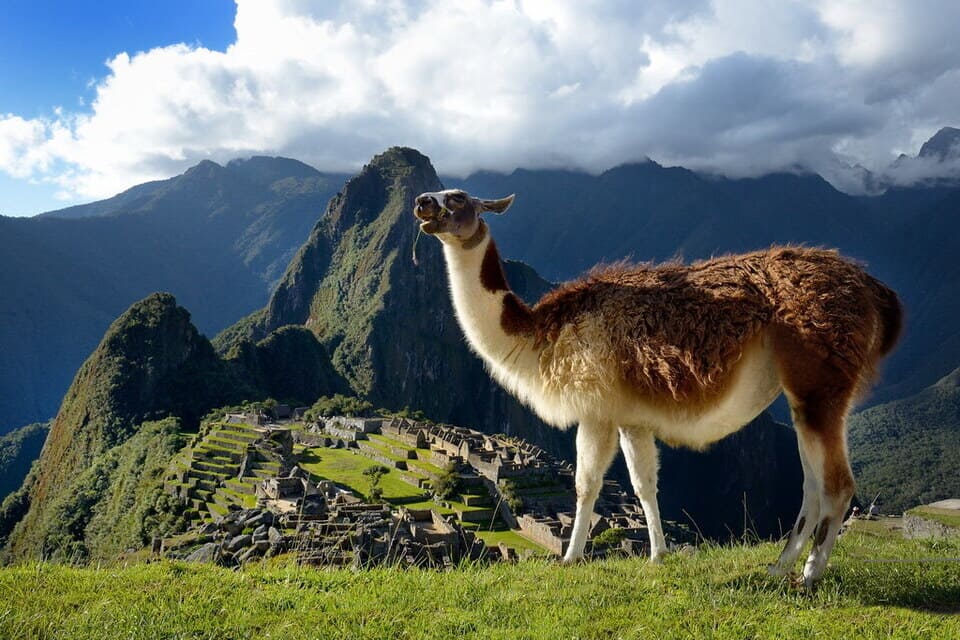

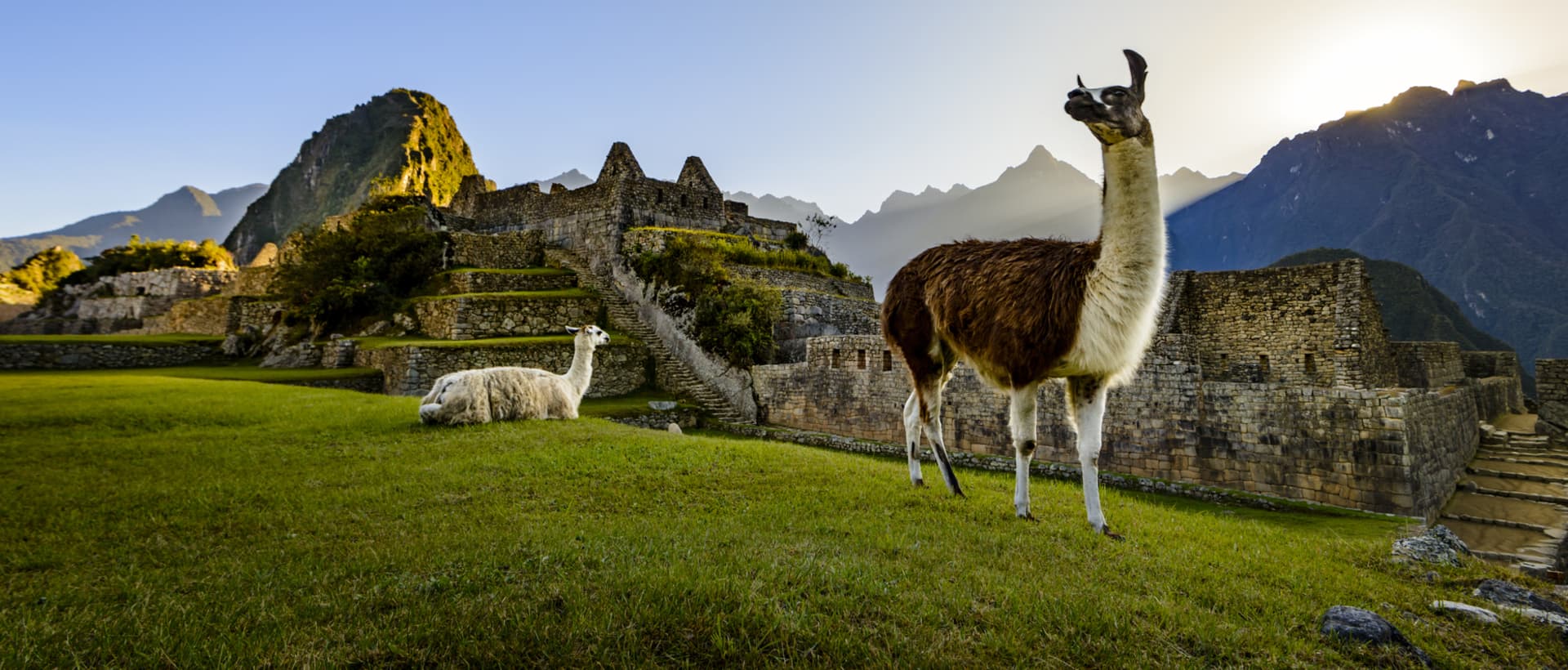
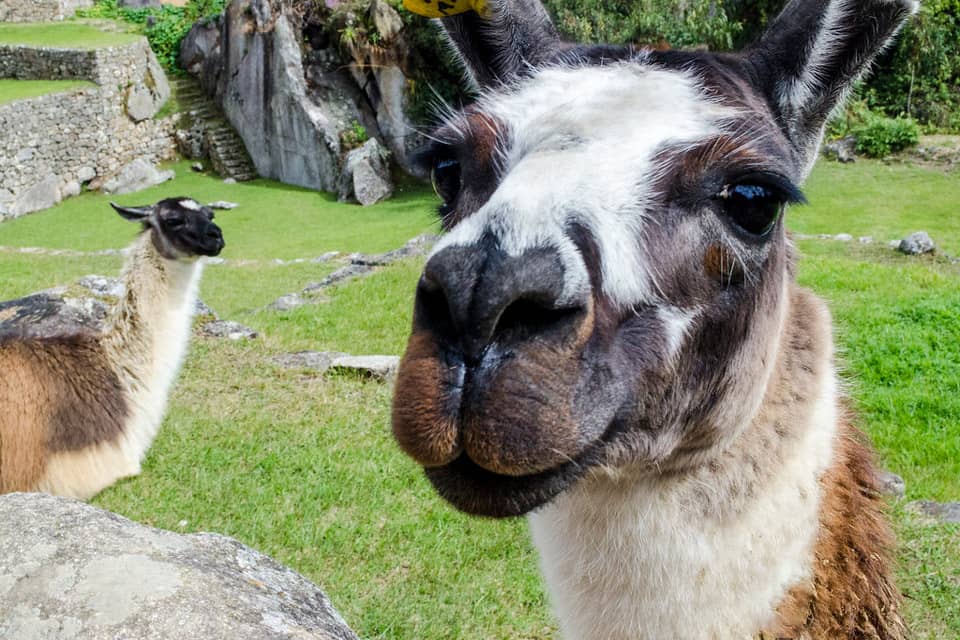

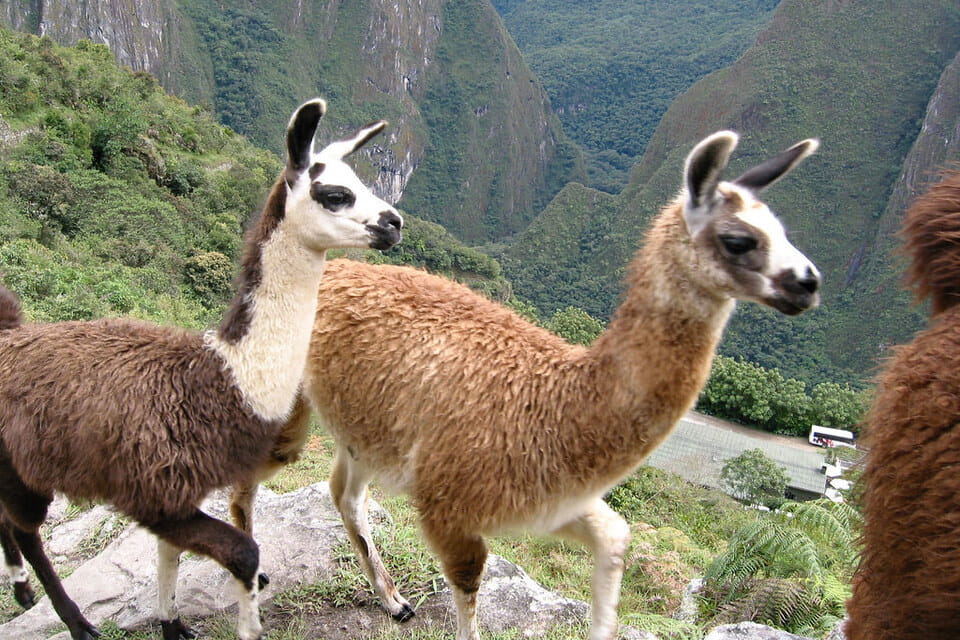
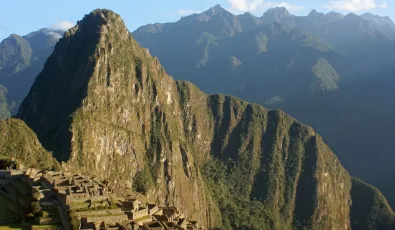


canada
I like the helpful information you supply in your articles. I will bookmark your blog and check once more here regularly. I'm quite sure I will be informed a lot of new stuff proper right here! Good luck for the next!
Add new comment